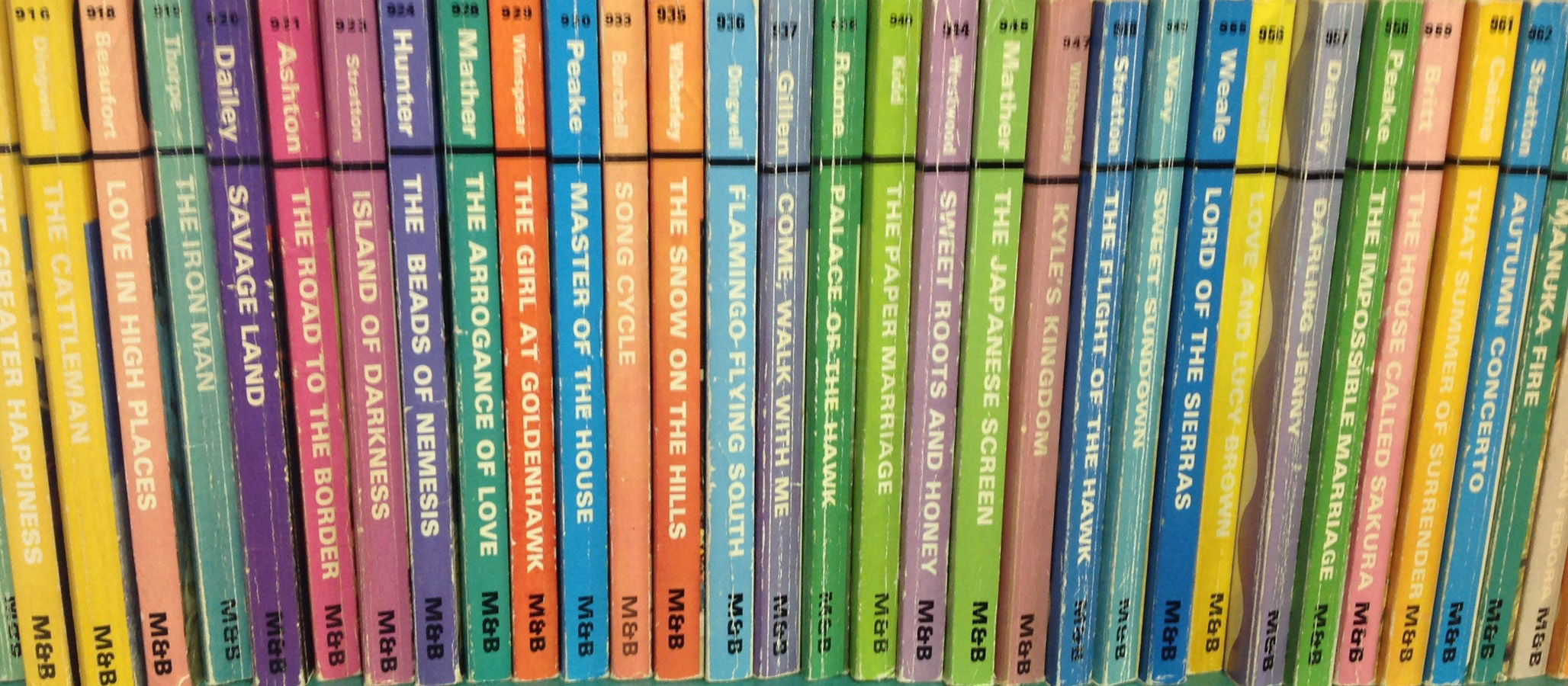Proposal Title
Rare Books and Ripped Bodices: Teaching Romance as Book History
Start Date
22-4-2020 4:15 PM
End Date
22-4-2020 5:15 PM
Proposal Type
Individual Presentation
Abstract
This presentation will discuss how mass market romance novels can be used in courses on the History of the Book. Such courses often focus on the “great books” (usually written by and for men) of Western literature, but in my class “The Book, 1450 to the Present,” we examine Harlequin Romances alongside the Gutenberg Bible, the first folio of Shakespeare, and Pickwick in parts. I will detail and demonstrate several active learning exercises (using books from my own collection) that can allow students to learn concepts such as provenance history and marks of readership, the construction of authorship, and the long history of the book as a mass-produced consumer product. By understanding the cultural and economic forces that shape the production of the romance at a certain point in history, students can reflect back on how these forces also shape the types of books that are taken more seriously by collectors and academics.
I will also examine various ways in which romance novels can be incorporated into teaching with rare books and special collections, including an activity analyzing the cover art and jacket copy of the “garbage dump romances” (those rejected by readers) described by Janice A. Radway in Reading the Romance. I will discuss the history—or rather, the lack thereof—of romance novels being collected by rare book libraries and advocate for change in this area.
Rare Books and Ripped Bodices: Teaching Romance as Book History
This presentation will discuss how mass market romance novels can be used in courses on the History of the Book. Such courses often focus on the “great books” (usually written by and for men) of Western literature, but in my class “The Book, 1450 to the Present,” we examine Harlequin Romances alongside the Gutenberg Bible, the first folio of Shakespeare, and Pickwick in parts. I will detail and demonstrate several active learning exercises (using books from my own collection) that can allow students to learn concepts such as provenance history and marks of readership, the construction of authorship, and the long history of the book as a mass-produced consumer product. By understanding the cultural and economic forces that shape the production of the romance at a certain point in history, students can reflect back on how these forces also shape the types of books that are taken more seriously by collectors and academics.
I will also examine various ways in which romance novels can be incorporated into teaching with rare books and special collections, including an activity analyzing the cover art and jacket copy of the “garbage dump romances” (those rejected by readers) described by Janice A. Radway in Reading the Romance. I will discuss the history—or rather, the lack thereof—of romance novels being collected by rare book libraries and advocate for change in this area.


